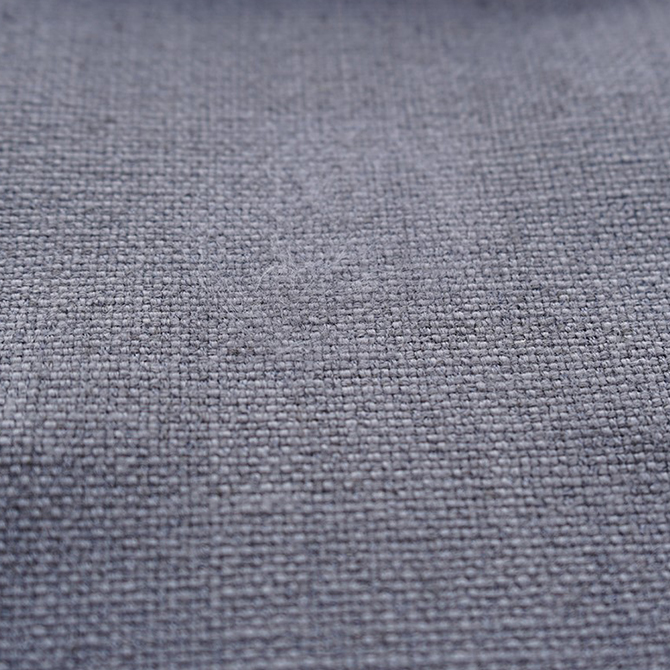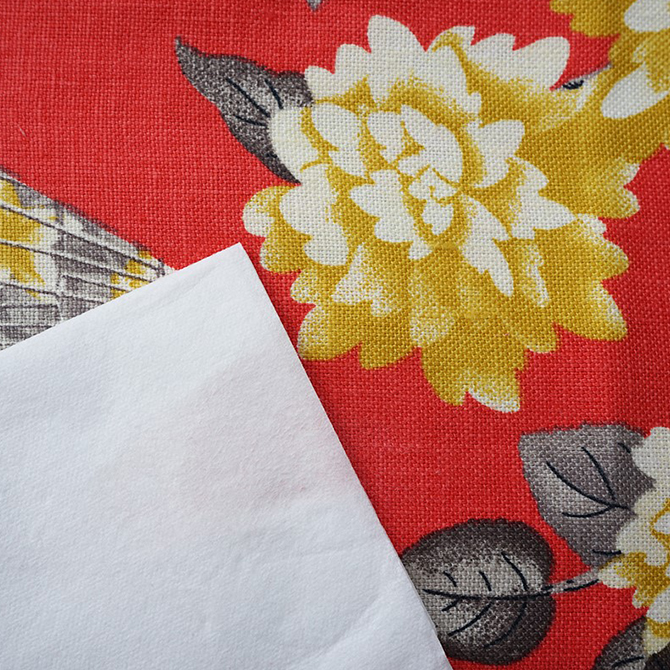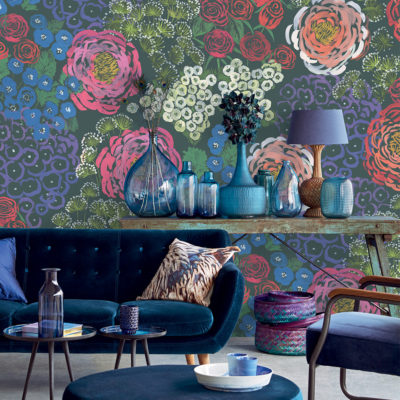If you were to ask most designers, they’d tell you they only use an upholstery fabric if it has a high abrasion rating. If most designers think this way, then high-abrasion fabrics must be superior, right? Well, not necessarily. Although abrasion ratings are important, they aren’t the only factor to consider when choosing upholstery for a project.
50000 double rubs – myth or fact?
True or false: If a fabric is below 50,000 double rubs the quality is poor. The answer may surprise you. This statement couldn’t be more false! In fact, abrasion as low as 15,000 is suitable for light to moderate use. (Think dining room chairs and formal sitting areas where the furniture is not used every day). Even for your family room or rec room furniture, 25,000 dbr is more than enough and will last years before showing any signs of wear and tear.
Here’s the truth: abrasion is important, but not the only specification that should guide your selection. Below are a few other specifications that should factor into your decision:
Pilling. Just because a fabric has high abrasion, doesn’t guarantee it won’t pill. A fabric pills when another fabric rubs against it, loosening some of the fibers and forming a ball. This can be resolved with a shaver, however, it might require more maintenance than your client bargained for.

Seam slippage. Some fabrics with lower seam slippage will loosen when pressure is placed on the seam. This doesn’t make the quality of one better or worse. Quality manufactures have a good understanding of fabric weave constructions and will take steps to prevent seam slippage. A fabric can be backed or double seamed during fabrication.
Breaking strength. Some fibers, such as silk, aren’t strong enough to withstand pressure and will split with minimal use.
Tear strength. This is the measurement of how easy a fabric will tear once the fabric has been compromised.
Traveling. Fabrics that have a pile on both sides, like chenille and some velvets, may not be backed. For these types of fabrics, backing is necessary when the fabric is used on a cushion or anything that isn’t tightly upholstered. Without backing, the pile will rub against the cushion and “travel,” making the cushion appear unkempt. This can be avoided by adding a light backing to the fabric, or covering the cushion with a smooth fabric made of cotton so the pile can’t grab onto the cushion and travel.


Dry and wet crocking:
Dry. Dry crocking is the tendency of dye to rub off of a fabric when rubbed against a porous surface. Dry crocking is most common with deeply saturated colors and in fabrics made with all-natural fibers.
Wet. Wet crocking occurs when dye rubs off of a wet fabric when it is rubbed against a porous surface. This could be problematic for spot cleaning.
Color fastness to water and light:
Color fastness to water. This is the measure of a color’s resistance to running off of the fabric when immersed in water. Take color fastness into consideration for bedding, pillows and other items that may require washing from time to time.
Color fastness to light. This measures the performance of fabrics exposed to light. Although direct sunlight will fade any fabric, color fastness to light measures the rate of fading. This is key for window treatment or any fabric that will be exposed to natural, or in some cases even unnatural, light. Typically, natural fibers such as linen, cotton and silk will rate low and fade relatively quickly in direct sunlight, while synthetic fibers like polyester have the best ratings.
Get the right fabric for the right job, by understanding abrasion and these additional ratings, you will make the right choices for your project.



